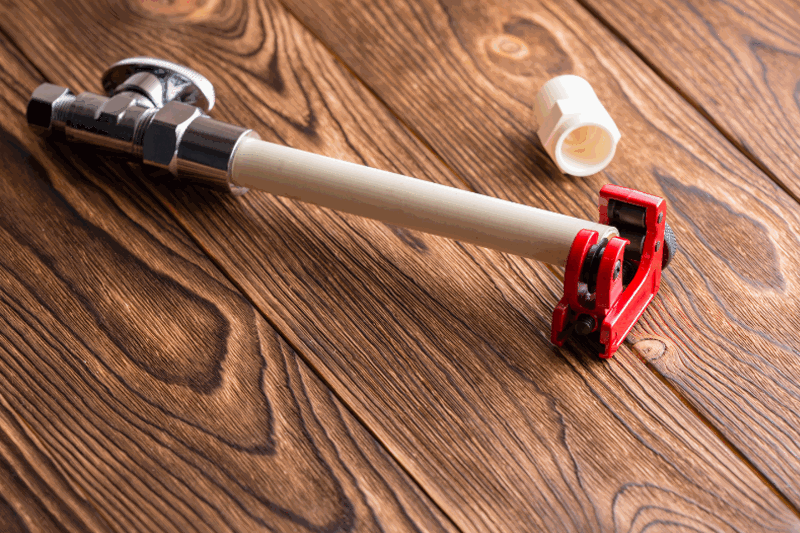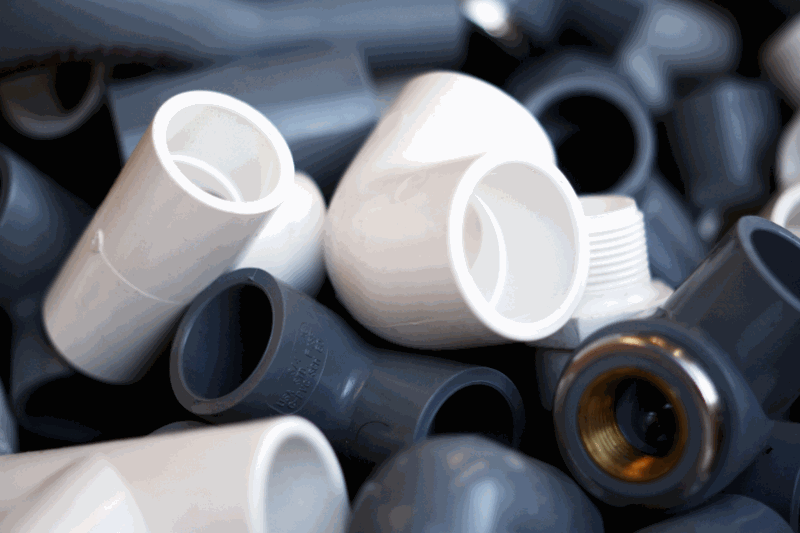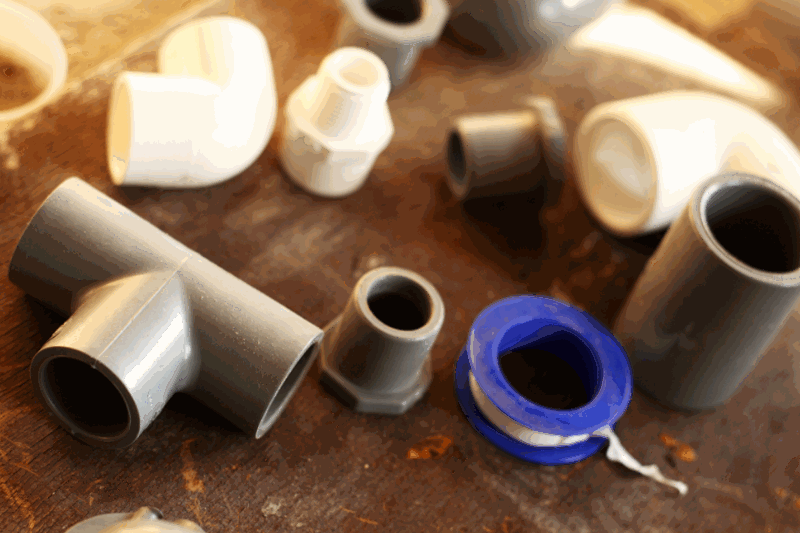Building a new home means having choices and making decisions. So if you’re planning to build a new home, be prepared to spend an endless number of hours looking at options and making final selections.
When it comes to cabinets, faucets, light fixtures, and floor coverings, everyone expects a lot of choices – different styles, colors, finishes, price ranges, etc. Even windows come in different shapes, sizes, and energy efficiencies.
When it comes to cabinets, faucets, light fixtures, and floor coverings, everyone expects a lot of choices – different styles, colors, finishes, price ranges, etc. Even windows come in different shapes, sizes, and energy efficiencies.
Yet, when it comes to something as important as the home’s plumbing, most people don’t ask any questions. They assume they don’t have a choice. For many generations, metal (in the form of galvanized steel or copper) was the only material available. Look in the basement of any home built before the Kennedy era and it’s unlikely you’ll see anything but metallic pipes.
Today is a different story as a host of alternative materials – many of which are plastic – now garner significant market shares.
Today is a different story as a host of alternative materials – many of which are plastic – now garner significant market shares.
Why has plastic gained such popularity? Metal has demonstrated many pitfalls through the years that have been documented by numerous studies and lawsuits. Pinhole leaks and premature system failures, caused by metal’s natural tendency to pit, corrode and scale, have opened the door for more reliable, virtually maintenance-free systems.
Of these, CPVC (post-chlorinated polyvinyl chloride) plumbing systems, which have 50 more years of proven experience, are the most popular. CPVC pipe and fittings, such as those used in CPVC plumbing systems, offer many benefits over metallic systems. Primarily, they never pit, scale, or corrode, which eliminates the risk of premature failures and costly re-piping, in addition to possible property damage.
CPVC systems are also highly energy efficient with natural insulating properties that keep hot water hotter and cold water colder than metallic systems. In addition, condensation, which is a common problem with metallic pipes that can cause drip damage to walls and foundations, is virtually eliminated.
As water quality becomes a significant concern in this country, CPVC piping has gained high marks for its ability to maintain water quality. There is no leaching or metal contamination into the water supply, so there are no related health concerns. And without pitting or corrosion, CPVC systems can maintain full water carrying capacity throughout their entire life. If you’ve ever looked inside a piece of old copper pipe, you’ve probably seen a thick layer of hard minerals. These minerals can dramatically reduce the diameter of the pipe, which reduces water flow and water pressure, and can inhibit the efficiency of many water-using appliances. Eventually, homeowners with corroded pipes must completely re-pipe their homes at an average cost of $10,000.
Through the years, many homeowners have come to accept water hammers (or banging pipes) in their homes, which is typical of metallic systems. CPVC systems, on the other hand, resist water hammers. They also minimize water flow noise, which has been proven by independent testing laboratories to be four times louder in copper pipes.
Although CPVC systems are most often used in new construction, they are also compatible with other plumbing systems used in remodeling projects, the addition of a guest bathroom, or the replacement of a failed copper system.
Want to discuss more? Contact our remodeling consultant now.



